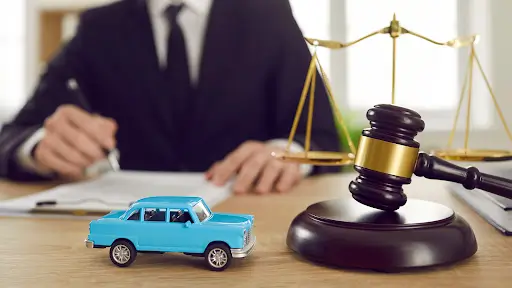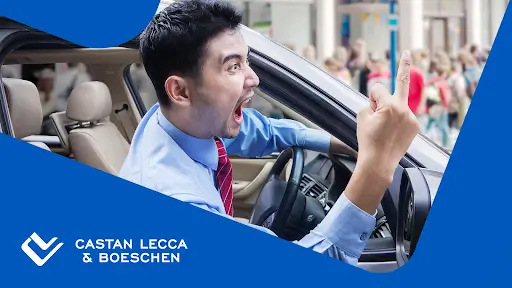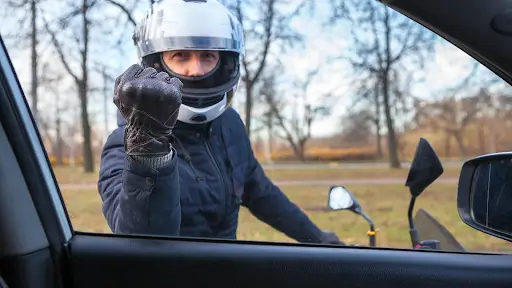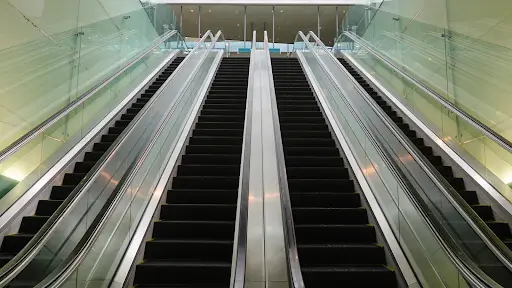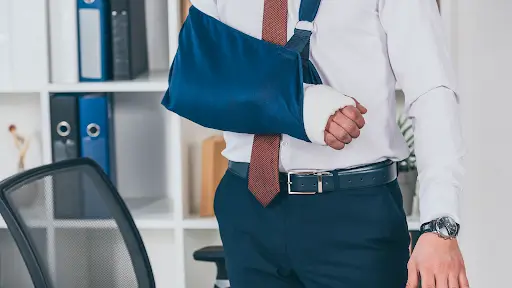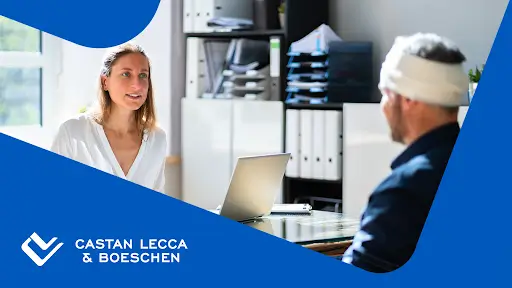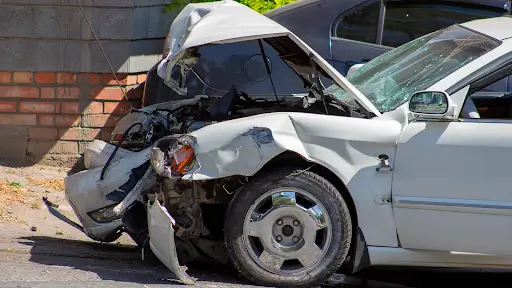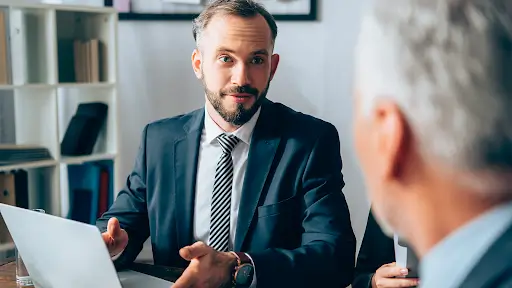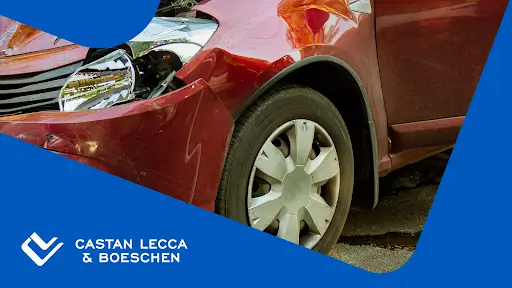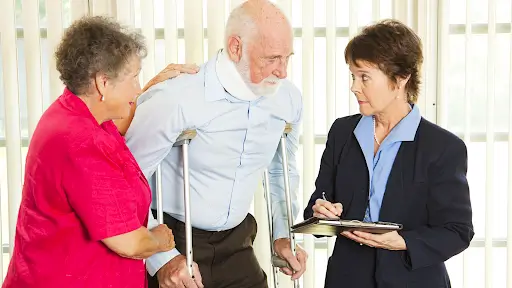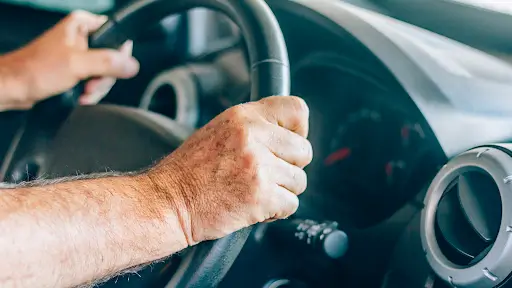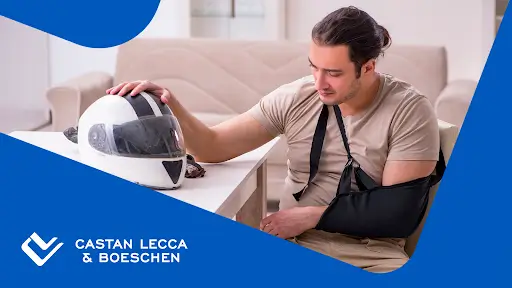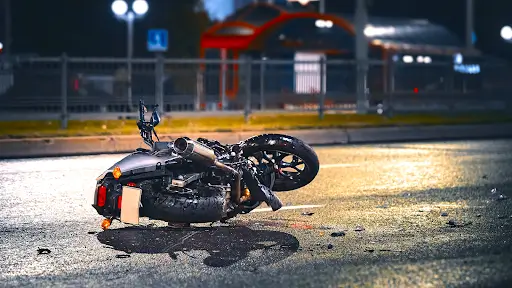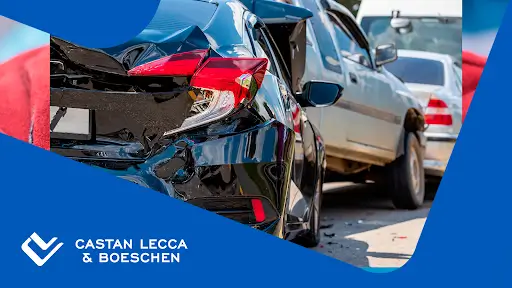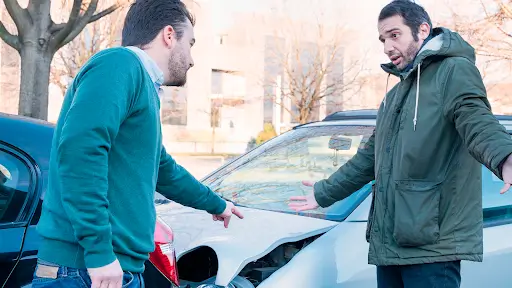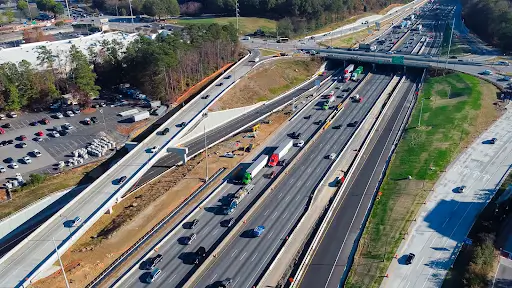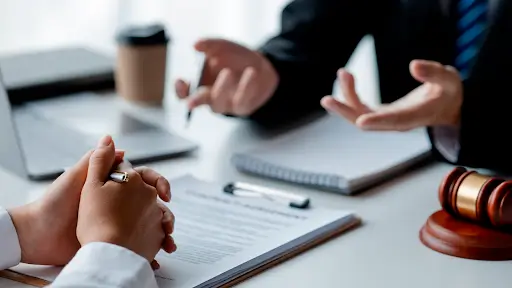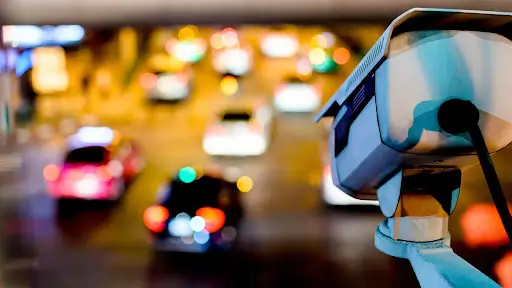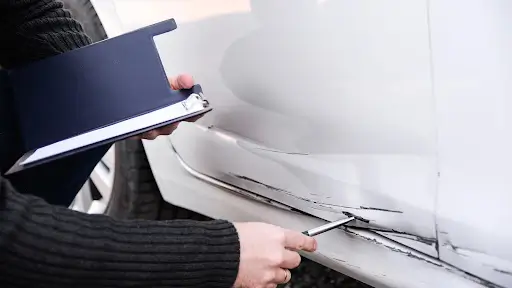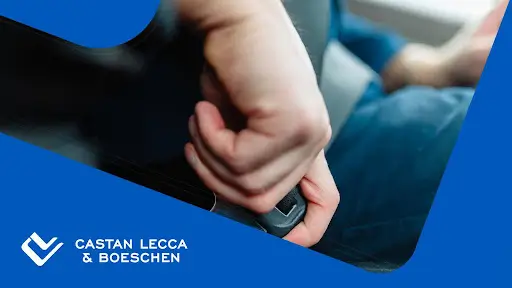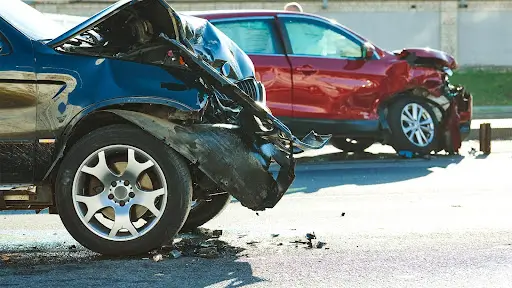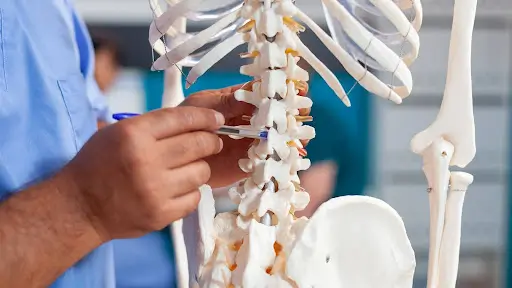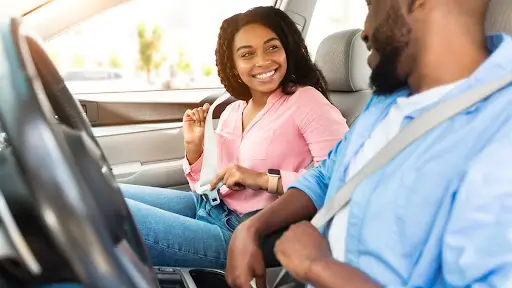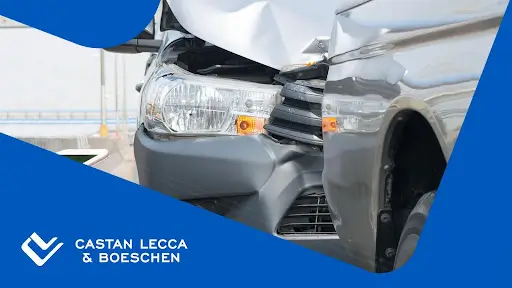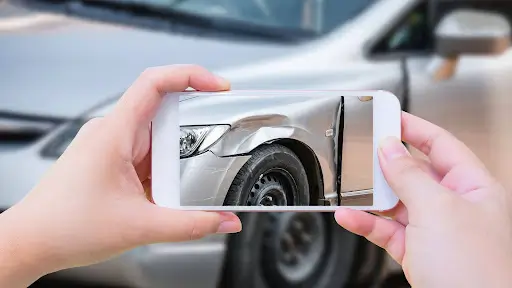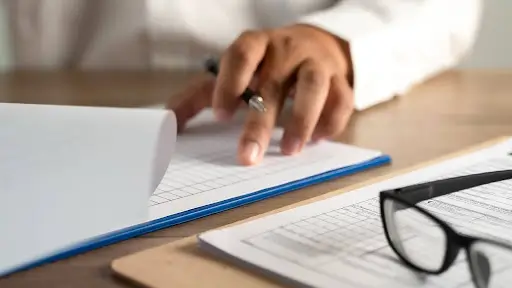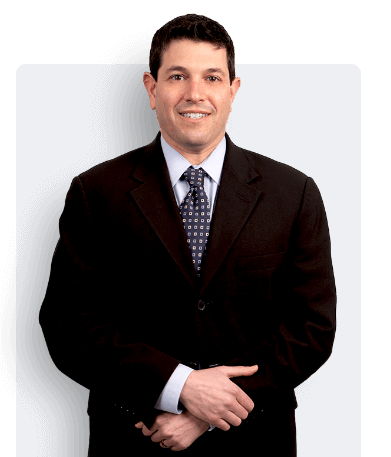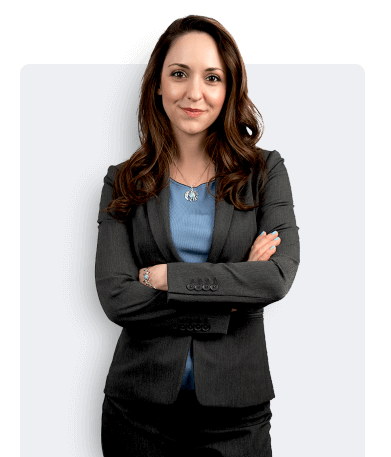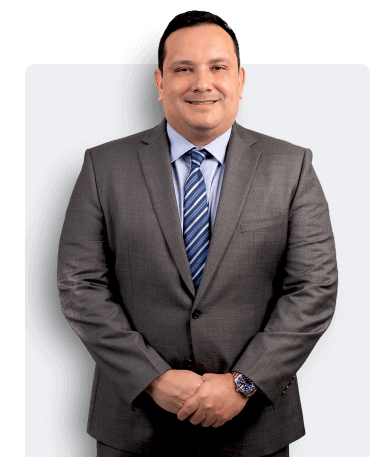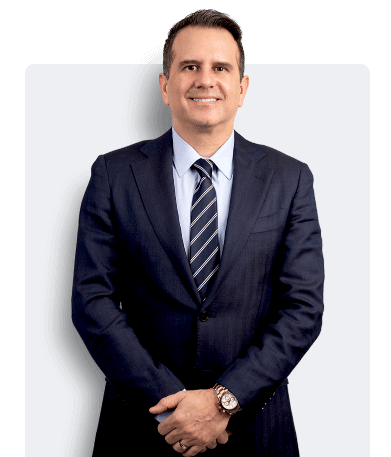Why Uninsured Motorist Coverage is Crucial in Car Accident Cases
Why Uninsured Motorist Coverage is Crucial in Car Accident Cases
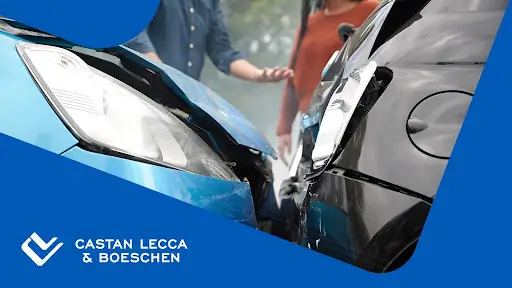
In an ideal world, every driver on the road would be responsibly insured. However, the reality is far from this ideal. A significant number of drivers operate their vehicles without adequate insurance coverage, posing a serious risk to others on the road. This is where uninsured motorist (UM) coverage becomes crucial. This blog post delves into why UM coverage is essential in car accident cases, backed by insights from resources like Progressive, State Farm, Allstate, and Forbes.
Understanding Uninsured and Underinsured Coverage
Before diving into the importance of UM coverage, it’s vital to understand what it is. Uninsured motorist coverage is a part of your auto insurance policy that provides coverage when you are involved in an accident with a driver who either does not have any insurance or whose insurance is insufficient to cover the damages they have caused.
Underinsured motorist (UIM) coverage, on the other hand, kicks in when the at-fault driver’s liability limits are too low to cover the medical expenses and other damages they have caused. It is a safety net that ensures victims do not have to bear the financial burden of an accident that wasn’t their fault.
The Prevalence of Uninsured Drivers
The necessity of UM coverage becomes apparent when we look at the statistics of uninsured drivers. According to the Insurance Information Institute, about one in eight drivers on the road is uninsured. This means that in the event of an accident, there’s a significant chance that the at-fault driver may not have the means to pay for your damages or injuries.
Financial Protection Against Uninsured Drivers
UM coverage is crucial for financial protection. If you’re in an accident with an uninsured driver, and you don’t have UM coverage, you could be left to pay for your own medical bills, vehicle repairs, and other associated costs. This coverage becomes a critical financial safety net, ensuring that your expenses are covered.
Legal Implications and State Requirements
The legal aspect of UM coverage varies by state. Some states require all drivers to carry UM coverage as part of their auto insurance policy, while others offer it as an optional add-on. Regardless of the legal requirement, having UM coverage is a wise decision. It ensures that you are protected in the face of varying state laws and regulations regarding uninsured drivers.
Coverage in Hit-and-Run Incidents
UM coverage is also invaluable in hit-and-run accidents. If the driver who hit you flees the scene and cannot be identified, you’re essentially in the same position as if they were uninsured. UM coverage can cover your medical and repair costs in these situations.
The Role of UM Coverage in Negotiations with Insurance Companies
Having UM coverage can also provide leverage when dealing with your own insurance company. In situations where the at-fault driver is uninsured, your insurance company steps in to cover your costs. However, having this coverage can streamline the process and ensure that your insurance company handles your claims more efficiently and fairly.
The Peace of Mind Factor
Beyond the financial and legal benefits, UM coverage offers peace of mind. Knowing that you and your passengers are covered, irrespective of the insurance status of other drivers, provides a sense of security that is invaluable. Accidents are stressful enough without the added worry of how you will afford the aftermath.
Balancing Cost and Risk
When considering whether to add UM coverage to your policy, it’s a matter of balancing cost against risk. The cost of adding UM coverage to an existing policy is generally quite reasonable, especially when weighed against the potential risk and cost of being involved in an accident with an uninsured driver.
Understanding Policy Limits
It’s important to understand policy limits when purchasing UM coverage. These limits determine the maximum amount your insurance provider will pay in the event of a claim. These should be chosen based on your personal needs, the risks you face, and the assets you need to protect.
The Role of an Attorney in UM Coverage Cases
In cases involving uninsured motorists, having a skilled attorney is vital. A lawyer can:
- Guide you through the complexities of filing a UM claim.
- Ensure that your insurance company honors the terms of your policy.
- Help negotiate fair compensation for your losses.
- Represent you in legal proceedings if disputes arise with your insurance provider.
In conclusion, while we cannot control the actions of other drivers, we can take steps to protect ourselves from their potential negligence. Uninsured motorist coverage is an essential component of this protection. It ensures that you are not left financially vulnerable in the event of an accident with an uninsured or underinsured driver. By understanding the importance of this coverage and making an informed decision about your auto insurance needs, you can ensure that you, your family, and your assets are well-protected on the road.
If you’re involved in an accident with an uninsured motorist, don’t navigate the aftermath alone. Contact Castan Lecca & Boeschen for expert legal assistance. We’re here to support you every step of the way, from claim filing to compensation recovery.
You could also be interested in: What Compensation Can You Seek in a Rear-End Accident?


